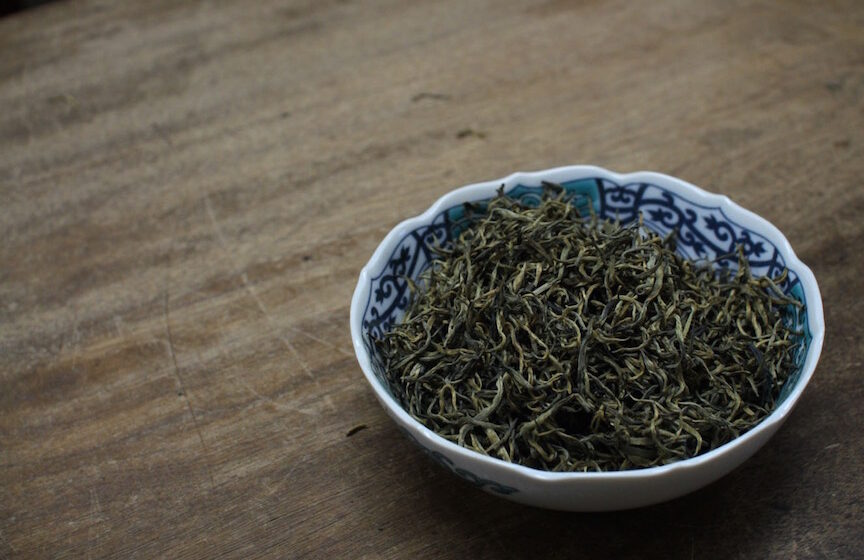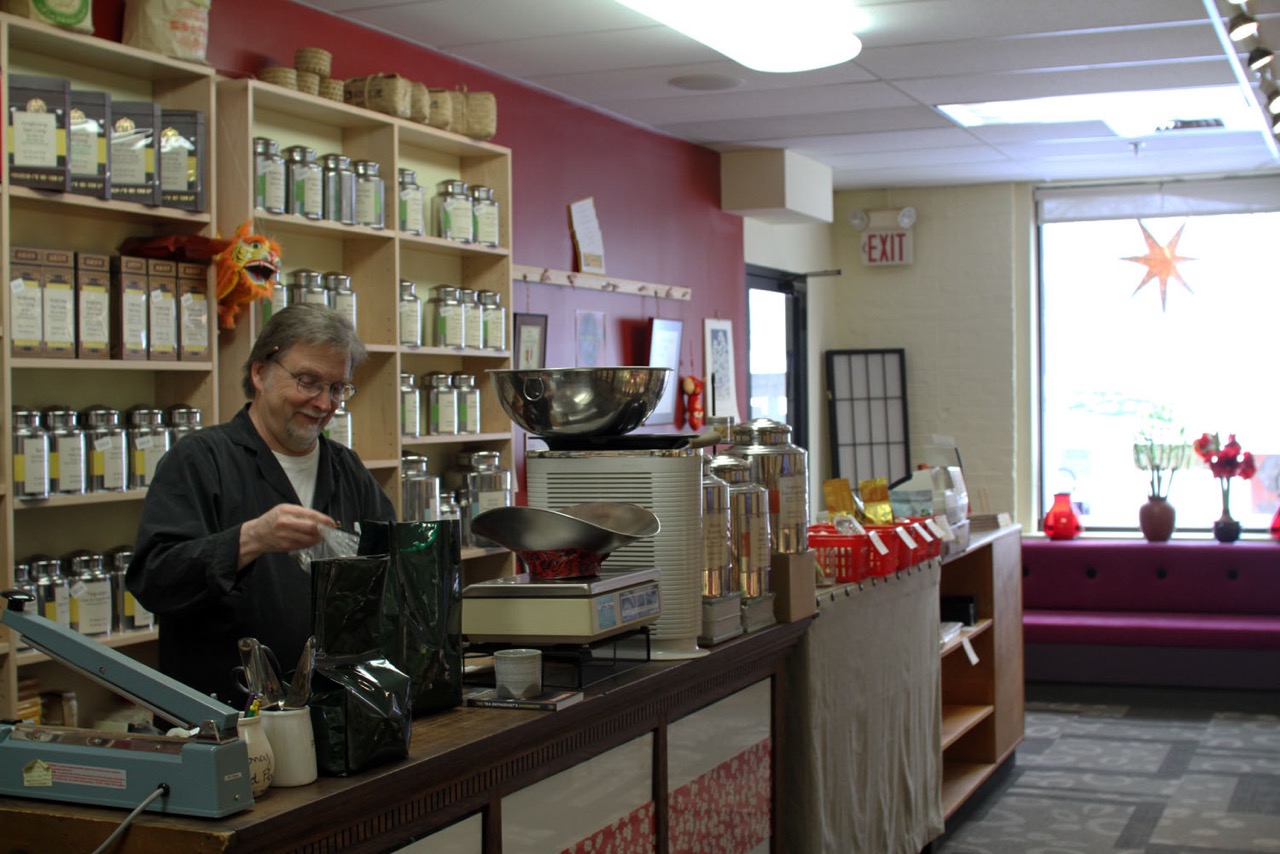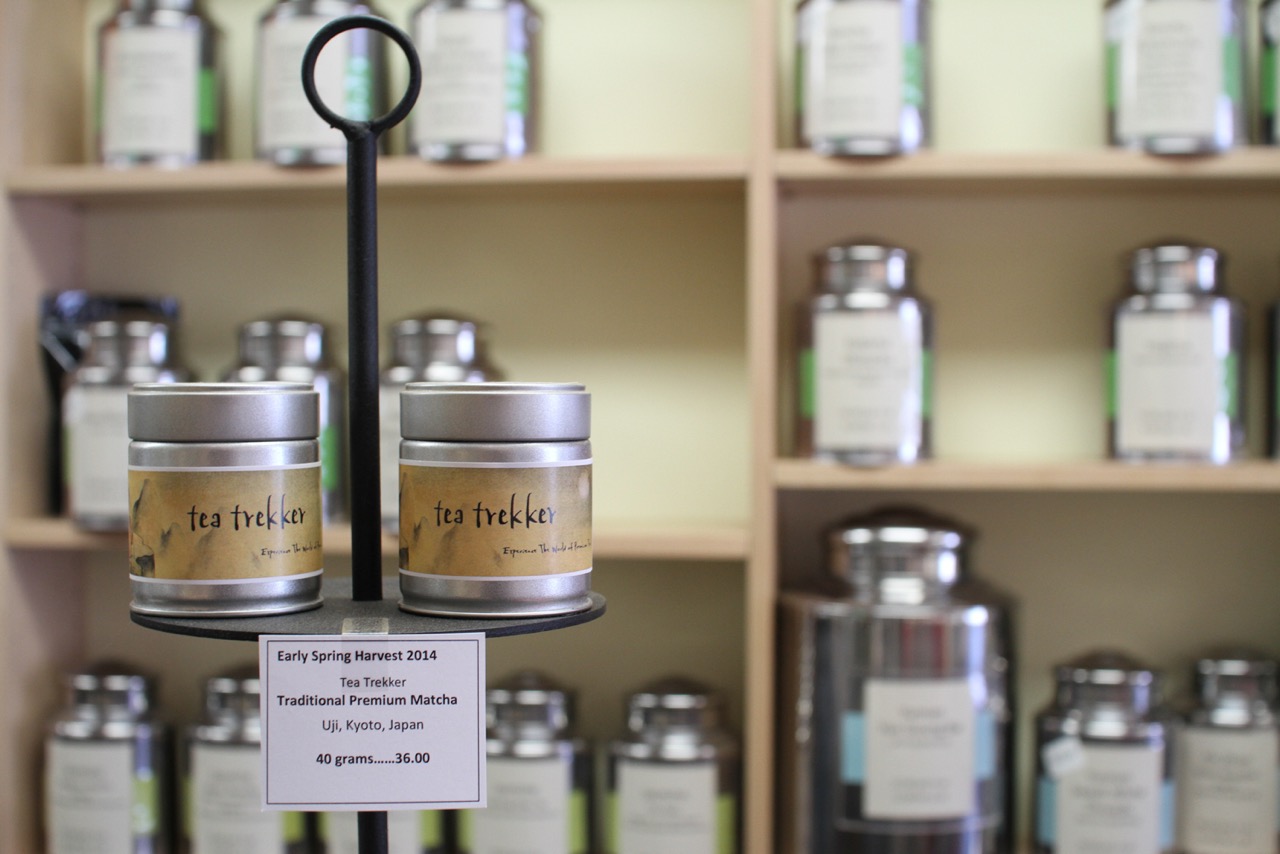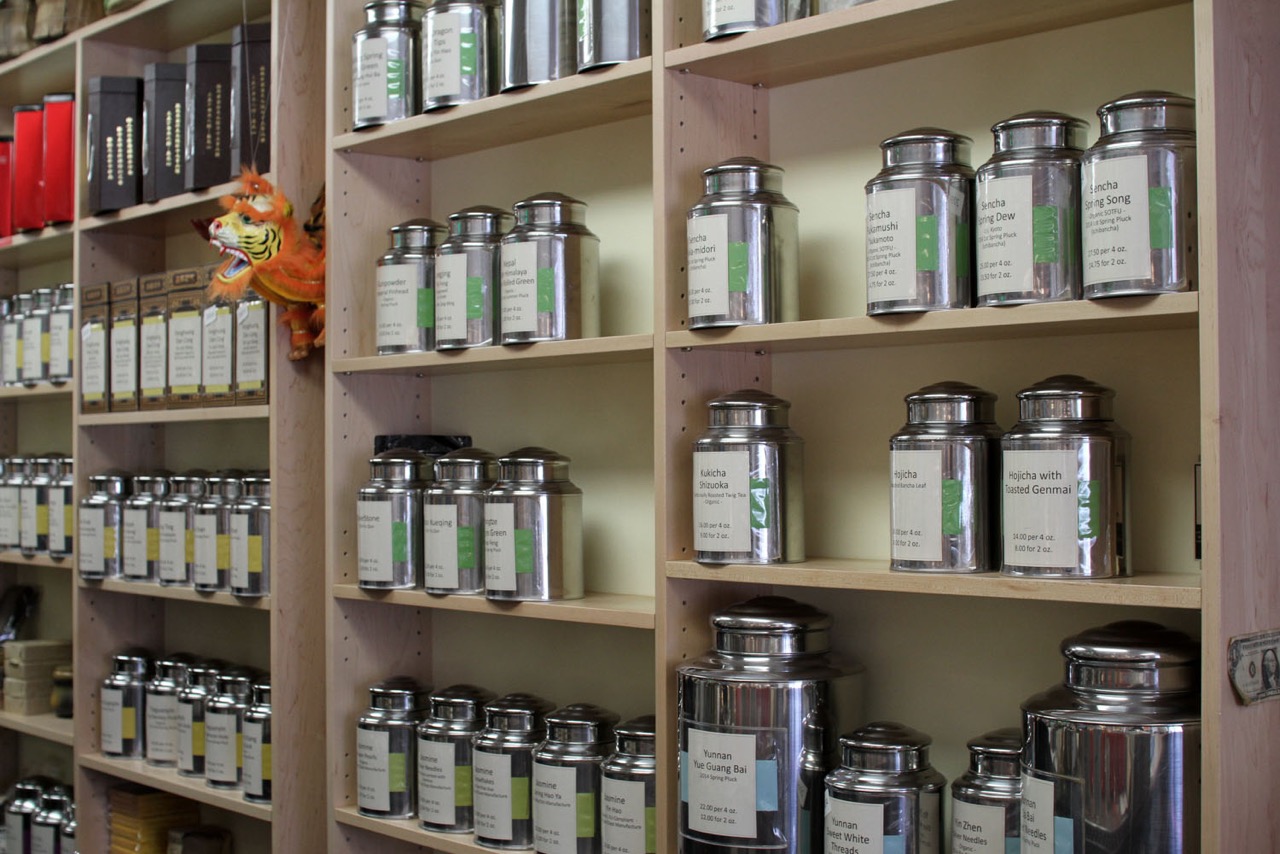[T]ucked up against the railroad tracks of a New England college town may not be exactly where you’d expect to find one of the best selections of Asian teas in the United States, but then tea appreciation in the United states is never as expected. What’s for sure, though, is that Tea Trekker, founded by husband and wife Mary Lou and Robert Heiss, has made their shop in Northampton, Massachusetts—or at least their website—required visiting for tea fans.
If you’ve ever tried to find out more about a tea from the comfort of your own home, chances are you’ve read Robert and Mary Lou’s writing. From their multiple books (including James Beard book award finalist The Story of Tea and its companion The Tea Enthusiast’s Handbook) to their vastly detailed website, the couple’s combined body of work constitutes an invaluable resource for those starting out or truly falling down a tea-filled rabbit hole.
From their current personal proclivities—Robert is currently drawn towards darker, more highly oxidized oolongs, while Mary Lou is taken with Yunnan black teas—to the exciting new influx of spring harvested teas, Tea Trekker’s range of teas caters to drinkers of all levels and proclivities. Other than herbal, that is.
“We’re very curmudgeonly in how we approach tea,” says Mary Lou. “We don’t sell any herbal teas. It’s important to lay down the bar—this is tea, this is not tea.”
How’d they get their start? Improbably, at TV Guide, where the two were co-workers based in San Francisco a few decades ago.
“We ended up having a lot of flex time and Bob and I would sneak out together and go roaming around the city and do this and do that,” says Mary Lou.
The two would visit tea shops in San Francisco’s Chinatown, but were equally enamored of coffee. “We decided we wanted to open a coffee, tea, and spice house [with] coffee equipment, interesting culinary spices,” says Robert. “We knew San Francisco was already saturated so that wasn’t a possibility. I was from St. Louis and Mary Lou was from Massachusetts, so we decided Massachusetts would probably be a better bet. So we wrote to banks and landlords in the five-college area and received a really positive response from one of the bankers in Northampton, so we packed up our cat in our Volkswagen and drove cross country,” says Robert.
The shop first opened in 1974, with “$1,000 in our pockets,” says Robert. “It’s probably not the smartest way to approach a business, but it is what we did,” he continued. “Back then it wasn’t like now. Things were really different. It was a more forgiving time. We didn’t even have a phone.”
Nowadays, the Heisses not only have a phone, but a thriving web shop, and several books under their belt. Their brick-and-mortar shop hours remain idiosyncratic—noon to four three days a week, and a little earlier Friday and Saturday—but their selection and expertise remain the draw.
“We have as much people who are really curious and adventuresome about tea as we do customers who drink the same tea every time,” says Mary Lou. “I don’t think we’re their primary source and supply, but given the frequency of how much our main customers order, it’s really shocking!”
For both Robert and Mary Lou, their many trips to tea plantations across Asia have been as illuminating as they have been adventurous.
“We really have been to all the major tea growing areas of East Asia, which is really our specialty,” says Robert. “We have some great teas from South Asia and other places, but those we have procured by sourcing them through people that we’ve come to know by networking—we have really trusted people that we work with, but it’s in East Asia that we’ve really spent a lot of time with feet on the ground,” says Robert.
In China, where the Heisses have been four times, the diversity of tea growing and production has been of endless fascination to the pair.
“Tea is very regional in China. Area A does not make the same tea as Area B, and they all do extraordinary things within their own style of tea-making,” says Mary Lou.
In China, where the Heisses have been four times, the diversity of tea growing and production has been of endless fascination to the pair.
“It’s a lot like barbecue and whiskey,” chimes in Robert. “Everybody has their own little slant on it, you get the basic concept down, and then the conversation is—why do they differ around the corner or down the road or county to county? If you’re not into that, if you want it to be the same all the time, it’s not for you.”
For someone who is that person, finding great teas, or ways to appreciate great teas, can be more difficult in North America.
For those still learning to bridge the knowledge gap, the Heisses offer not only a diversity of teas to explore, but options for different traditions of brewing—whether gong-fu-style infusions in a gaiwan, or using the larger teapots. Robert Heiss points out that while brewing in a larger pot will allow drinkers to attenuate concentration, they’ll lose out on depth of flavor and nuance.
“If you’re drinking a really good oolong or pu-erh, as you resteep the leaf, you’ll get different nuance with each steeping,” says Robert, “All of a sudden it’ll bring up the astringency for only one steeping or maybe a couple of steepings, or all of a sudden the aromatics will release from the structure of the leaf, but the flavor may not that much,” he continues. “Then you’ll steep it again and it’ll go back to the beginning and be all mouthfeel and maybe not that much astringency or aroma. [Larger teapots] take away some of the highs and lows and gives you something more melded.”
Mary Lou adds: “Despite the efforts of many of us to educate people about how tea is steeped in Asia and Korea and Taiwan, most people don’t own these teapots, and most people don’t own a gaiwan. So it’s not fair for us to talk to customers about these small teapots when people don’t own them. We really did want to talk to people about how tea is served and steeped in Asia, but it’s hard to start that conversation with people who only own big teapots.”
And therein we go back to the Western tea stigma.
“Most people when you talk about resteeping they have this image of their frugal great aunt, who was too cheap to use a fresh teabag. So it’s really a learning curve to get people to intentionally use the same leaf over again, and really expect something different over each steeping,” says Robert.
Mary Lou continues, “They don’t really understand that until they have it the first time, when you explain that each time you infuse it it’s like a clenched fist opening up a bit more every time, you should not expect to have that same taste from a tea by steeping it in a really huge teapot by putting way too much water on it. There’s a lot of non-explaining in the tea world that we try to counter all the time. We tend to overexplain on our website, because we feel that so many others are not really explaining, throwing out these ideas and these concepts but without explaining why.”
And it’s through their vivid and practical explanations that the couple tells stories as well as gives instructions. From regional history, culture, and nomenclature notes to terroir, harvest, and processing information as well as brewing and tasting, there’s little left to wonder about when reading about a tea on Tea Trekker’s website, or in one of the Heiss’ books. That is, except what each tea tastes like for yourself.
And that’s precisely the place in which Mary Lou and Robert are hoping to pique your interest, in trying to slowly shift North Americans from the cultural association of tea from a health aid to a drink sought after for simply the pleasures of the senses.
“I have this dream that we’re going to go from drinking tea because you’re sick,” says Robert, “to drinking tea because you don’t want to be sick, to drinking tea because you like the taste of the beverage.”
—Liz Clayton is a writer based in Brooklyn. Tea Trekker is located at 2 Gleason Plaza, Northampton, Massachusetts 01060, and on the web at teatrekker.com.


















